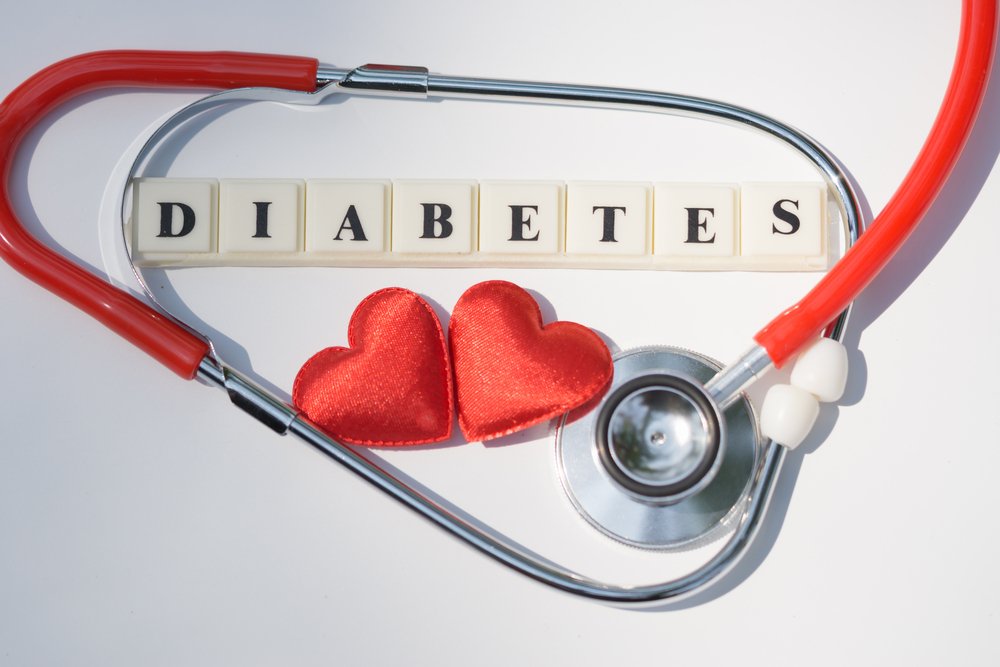Why “How Much?” Finally Has a Real Answer
You can raise your Omega-3 Index by eating oily fish or taking EPA+DHA, but the missing piece has always been dose. How much do you actually need to land in the cardioprotective zone (8–12%)? A new paper in the American Journal of Clinical Nutrition tackles that head-on, offering a model that links baseline status, chemical form, and daily intake to the Omega-3 Index you’re likely to achieve.
Dose Drives Outcomes—And Study Results
Conflicting headlines about omega-3s often boil down to one issue: underdosing. If a trial doesn’t deliver enough EPA+DHA to move blood levels, it’s unlikely to move clinical endpoints. That explains why some low-dose trials struggle to show benefit while higher-dose studies have reported reductions in vascular death, myocardial infarction, and major adverse cardiovascular events.
From Guesswork to a Calculated Target
The AJCN analysis provides an equation that estimates the final Omega-3 Index after 13 weeks based on your starting point and daily EPA+DHA intake. As an illustration, a group with a baseline Index of 4.9% taking 840 mg/day (as a 1-g ethyl-ester capsule) would be expected to reach about 6.5% on average. In other words, modest doses move the needle, but rarely into the “green zone.”
What It Takes to Reach 8%
Rearranging the model shows approximate daily intakes (triglyceride form) to reach a mean 8% in 13 weeks: about 2,200 mg if you start at 2%, 1,500 mg from a 4% baseline, and 750 mg from 6%. If you want high confidence—being ~95% certain that a population starting near 4% will average 8%—the estimate rises to roughly 1,750 mg/day as triglycerides or 2,500 mg/day as ethyl esters. Practically speaking, many people will land near 2,000 mg/day of EPA+DHA to get there, depending on form and adherence.
Food First—But Often Not Food Only
Observational work in ~3,500 adults found that those eating no fish and taking no omega-3s averaged an Index around 4.1%—typical for Western diets. By contrast, people who both took an EPA+DHA supplement and ate three non-fried fish meals per week averaged 8.1%. Notably, the current “1–2 seafood meals per week” guidance is unlikely to push most people into the 8–12% range unless the fish are oily and portions are consistent.
How to Use the Calculator Logic in Real Life
Start by testing your Omega-3 Index so you know your baseline. Choose your primary source—fatty fish, supplements, or both—and match the daily EPA+DHA amount to the gap you need to close. Remember that triglyceride and phospholipid forms are generally absorbed better than ethyl esters, and that taking supplements with a fat-containing meal improves uptake. Re-test in about three to four months, then fine-tune the dose.
A Quick Example
If your baseline is 4% and you’re using a triglyceride-based fish-oil, plan on roughly 1,500 mg/day of combined EPA+DHA for three months to average 8%. If you prefer an ethyl-ester product, consider closer to 2,000–2,500 mg/day to achieve a similar effect, or pair supplementation with several weekly servings of salmon, sardines, herring, or mackerel.
The Bottom Line
Reaching an optimal Omega-3 Index isn’t a guessing game anymore. Test to see where you’re starting, choose a realistic daily EPA+DHA target based on that baseline and the supplement form, and verify your progress with a follow-up test after 13 weeks. With the dose dialed in, you’ll spend less time reading mixed headlines—and more time sitting in the 8–12% zone where benefits are most consistently observed.




